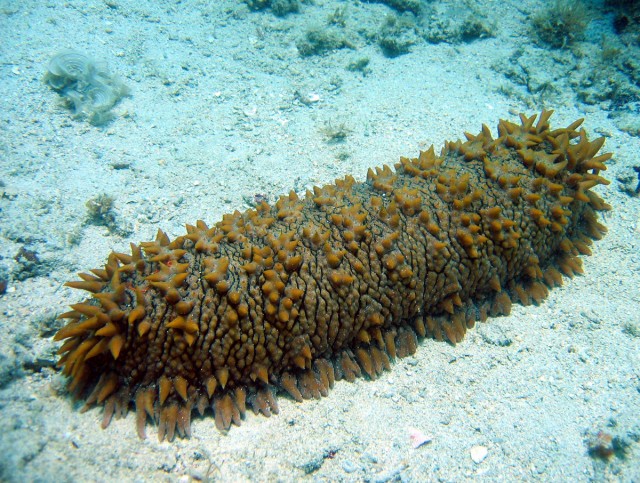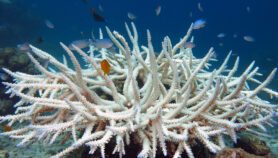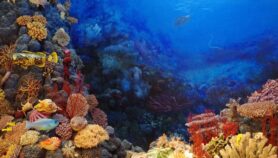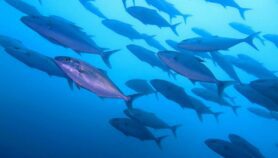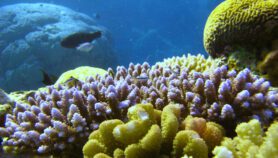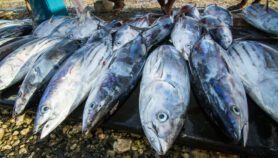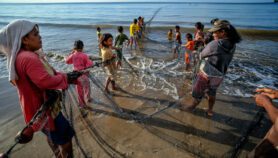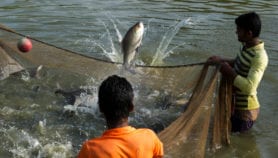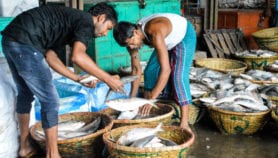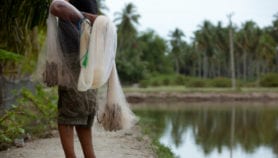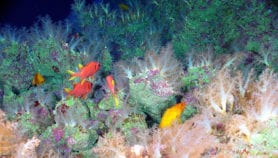By: Brendon Lee
Send to a friend
The details you provide on this page will not be used to send unsolicited email, and will not be sold to a 3rd party. See privacy policy.
[KUALA LUMPUR] Rotational harvesting may be the key to saving sea cucumber populations from extinction.
Commonly used in agriculture, crop rotations in the sea provide not only a sustainable method of supplying the sea cucumber trade but also maintain diversification of the species, says a study published in the PNAS journal (11 May) by the Oceans and Atmosphere Flagship, the research agency of the Commonwealth Scientific and Industrial Research Organisation (CSIRO) in Australia.
Sea cucumbers fetch a high price in Asian markets as a medicinal and food source and are easy to harvest, causing its overfishing and creating an urgent need to implement a management system that is sustainable yet profitable.
Sea cucumbers serve an important role in the marine ecosystem. As scavengers, they recycle nutrients by breaking down organic matter found in ocean seabeds that help bacteria further the degradation process.
The study was modelled on the rotational zone strategy used in sea cucumber fisheries in Australia’s Great Barrier Reef Marine Park. The results of the simulations of the reef’s 154 zones showed lower risk of localise depletion, especially for highly priced species such as the white teatfish, black teatfish and burrowing blackfish.
Eva Plaganyi, the study’s head researcher, tells SciDev.Net this approach could readily be applied in regional fisheries in the South Pacific and South-East Asia.
“Similar approaches have historically been used in places like the Solomon Islands where these were recognised as a socially acceptable method that can be implemented by locals,” says Plaganyi, a marine ecologist and senior research scientist at CSIRO.
“But there are some limitations to the rotational roaming scheme for marine systems focused on wild fisheries as there are few opportunities to artificially boost production,” she says. “Sea cucumber fisheries rely on natural productivity cycles, making their recruitment sporadic and unpredictable. This in turn limits the growth of local populations.”
Although rotational harvesting has been widely used for abalone, corals and sea urchins, the method is hardly used for sea cucumbers outside of the Great Barrier Reef Marine Park. Many regulatory bodies such as the Australian Fisheries Management Authority (AFMA) focus on managing sea cucumber populations by limiting fishing permits.
“In addition to limited entry, AFMA has also set precautionary catch limits based on landed weight for each of the five high-value sea cucumber species. To mitigate depletion, we practice a three-year rotational harvesting arrangement to spread out fishing across the 21 identified reefs,” says Danielle Kuhn, communications manager at AFMA.
As support grows for rotational harvesting by local management agencies, scientists will also need to review information gaps to reduce uncertainty factors in management recommendations, such as maturity levels, growth and natural mortality of targeted sea cucumber species.
This article has been produced by SciDev.Net's South-East Asia & Pacific desk.
References
PNAS doi: 10.1073/pnas.1406689112 (2015)


